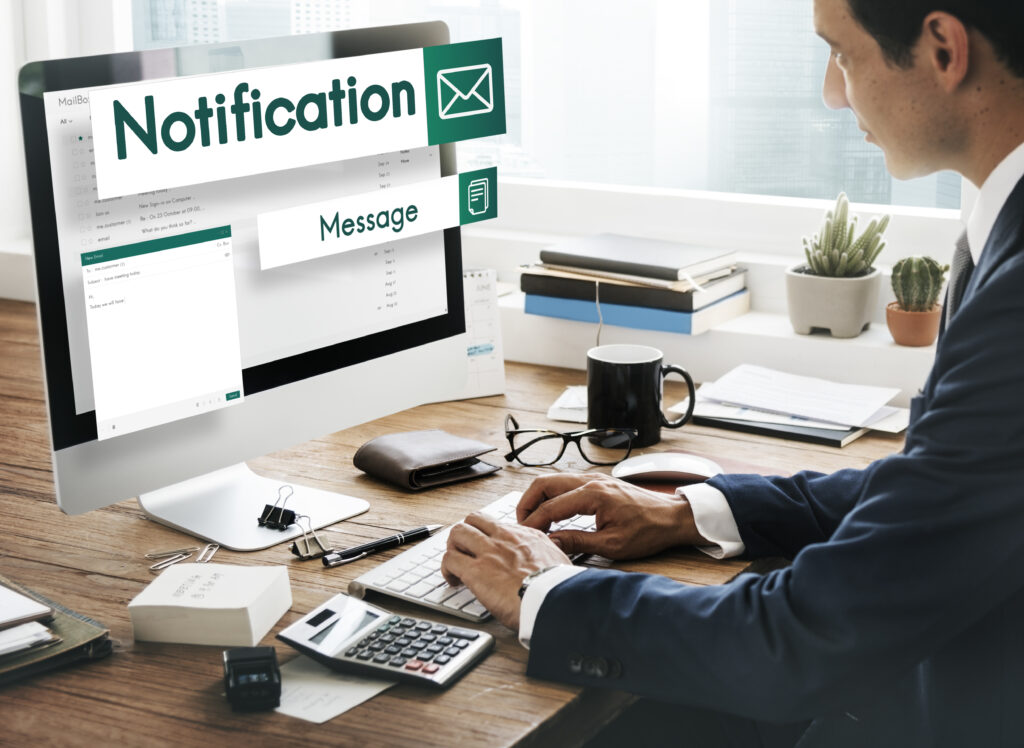Avoiding the Spam Folder: Email Marketing Compliance and Best Practices
Table of Contents
Introduction
In digital marketing, email remains one of the most effective tools for reaching your audience. However, one of the biggest challenges marketers face is ensuring their emails reach their intended recipients. With spam filters becoming increasingly sophisticated, it’s essential to understand how to avoid the dreaded spam folder.
In this comprehensive guide, we’ll explore strategies and best practices to help you avoid the spam folder, ensure compliance with relevant regulations, and ultimately enhance the effectiveness of your email marketing campaigns. From building and maintaining a quality email list to crafting relevant content and leveraging technical best practices, we’ll cover all the essential aspects of successful email marketing. Let’s dive in and unlock the full potential of your email marketing efforts.
YOU MAY ALSO LIKE: 6 email marketing design practices to follow in 2023
Understanding Spam Filters
Spam filters are automated systems email service providers (ESPs) use to identify and block unsolicited or malicious emails. These filters analyze incoming emails based on various criteria, including sender reputation,
content, and user engagement. If an email fails to meet the set criteria, it gets relegated to the spam folder.
Importance of Email Marketing Compliance
Compliance with email marketing regulations is not just about avoiding the spam folder; it’s also about building trust with your audience. Non-compliance can lead to severe consequences, including hefty fines and damage to your brand’s reputation. Here are some key regulations to be aware of:
- CAN-SPAM Act (USA): Requires email marketers to include a valid physical address, an easy opt-out mechanism, and prohibits misleading subject lines.
- GDPR (EU): Demands explicit consent from recipients before sending emails and ensures the right to access and remove personal data.
- CASL (Canada): Requires express consent, truthful information, and an unsubscribe mechanism.
Best Practices for Avoiding the Spam Folder
Build a Quality Email List
Building a high-quality email list is one of the fundamental steps to avoiding the spam folder. Here’s how:
- Opt-In Forms: Use clear and concise forms to ensure subscribers are genuinely interested in your content.
- Double Opt-In: Implement a double opt-in process where subscribers confirm their email address, reducing the chances of fake sign-ups.
- Avoid Purchased Lists: Never purchase email lists. These often contain outdated or uninterested contacts, leading to high bounce rates and spam complaints.
Maintain a Clean Email List
Clean your email list often to get rid of users who aren’t using it or aren’t interested in it. This helps maintain a healthy sender reputation. Consider:
- List Segmentation: Segment your list based on engagement levels and tailor your content accordingly.
- Re-Engagement Campaigns: Send re-engagement emails to inactive subscribers to see if they still want to receive your emails. If they don’t respond, remove them from your list.
Craft Relevant and Engaging Content
The content of your emails plays a significant role in whether they end up in the spam folder. Here are some tips:
- Personalization: Use the recipient’s name and other personal details to make the email feel more tailored and less like spam.
- Compelling Subject Lines: Avoid clickbait or misleading subject lines. Instead, use clear, concise, and intriguing subject lines that reflect the email’s content.
- Balanced Text and Images: Ensure a good balance between text and images. Emails with too many images or too much text can trigger spam filters.
- Avoid Spammy Words: Words like “free,” “guarantee,” and “urgent” can trigger spam filters. Use them sparingly and in context.
Ensure Technical Compliance
Technical aspects of email marketing are crucial for ensuring deliverability. Focus on the following:
- Sender Reputation: Use a reputable email service provider (ESP) with a good sender reputation.
- Authentication Protocols: Implement authentication protocols such as SPF (Sender Policy Framework), DKIM (DomainKeys Identified Mail), and DMARC (Domain-based Message Authentication, Reporting, and Conformance) to verify your emails’ legitimacy.
- Consistent Sending Practices: Avoid sudden spikes in email sending volume. Maintain a consistent sending schedule.

Optimize for User Engagement
Engagement metrics such as open rates, click-through rates, and spam complaints are closely monitored by ESPs. High engagement rates signal to ESPs that your emails are valuable to recipients. To boost engagement:
- Segment Your Audience: Tailor your content to different segments of your audience based on their interests and behaviors.
- Clear Call-to-Action (CTA): Include a clear and compelling CTA that encourages recipients to take action.
- Interactive Content: Use interactive elements like polls, surveys, and quizzes to engage your audience.
Provide an Easy Unsubscribe Option
Including a clear and easy-to-find unsubscribe option in your emails is a legal requirement and a best practice. This helps reduce spam complaints and maintains a healthy email list.
- Unsubscribe Link: Place the unsubscribe link in a prominent location, typically at the bottom of the email.
- Feedback Form: Use a feedback form to understand why recipients are unsubscribing. This can provide valuable insights for improving your email strategy.
Monitor and Analyze Performance
Regularly monitoring and analyzing your email campaign performance helps identify areas for improvement. Key metrics to track include:
- Delivery Rate: The portion of emails that make it to their receivers’ inboxes.
- Opening Rate: The number of people who open your email.
- Click-Through Rate (CTR): As a number, the click-through rate (CTR) shows how many people clicked on the links in your email.
- Bounce Rate: The number of emails that aren’t served because of typos, bad addresses, or other problems.
- Spam Issues: The number of people who report your email as spam.
Use these insights to refine your email marketing strategy and improve overall performance.
Conclusion
Email marketing remains a powerful tool for engaging your audience, but navigating spam filters and ensuring compliance requires a strategic approach. Building and maintaining a quality email list, crafting relevant and engaging content, adhering to technical best practices, and continuously monitoring performance can significantly increase your chances of getting it in the inbox instead of the spam folder.
Successful email marketing is about building trust and providing value to your subscribers. Stay informed about the latest regulations and best practices, and continually refine your strategy to keep your email marketing efforts effective and compliant.
Continue reading iTMunch for the latest news and articles related to email marketing. Learn more about our email marketing services.






